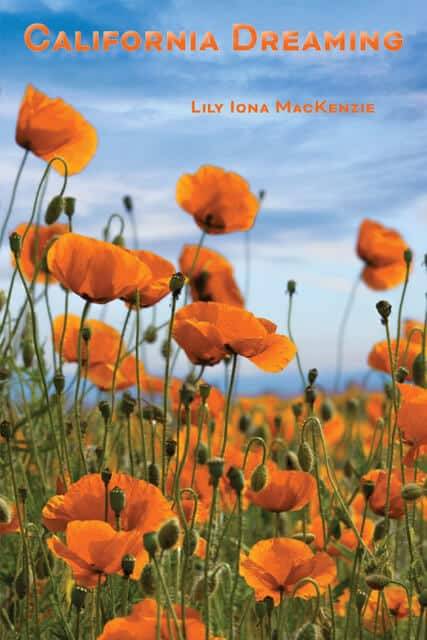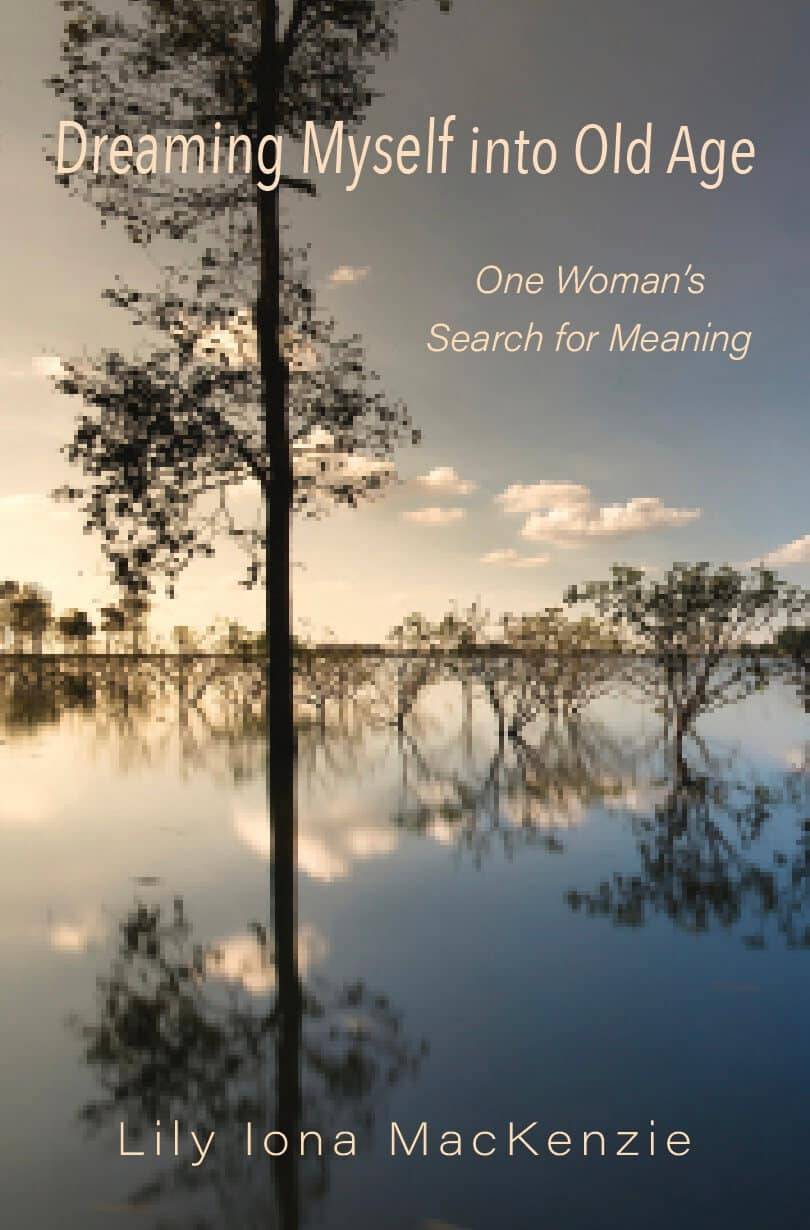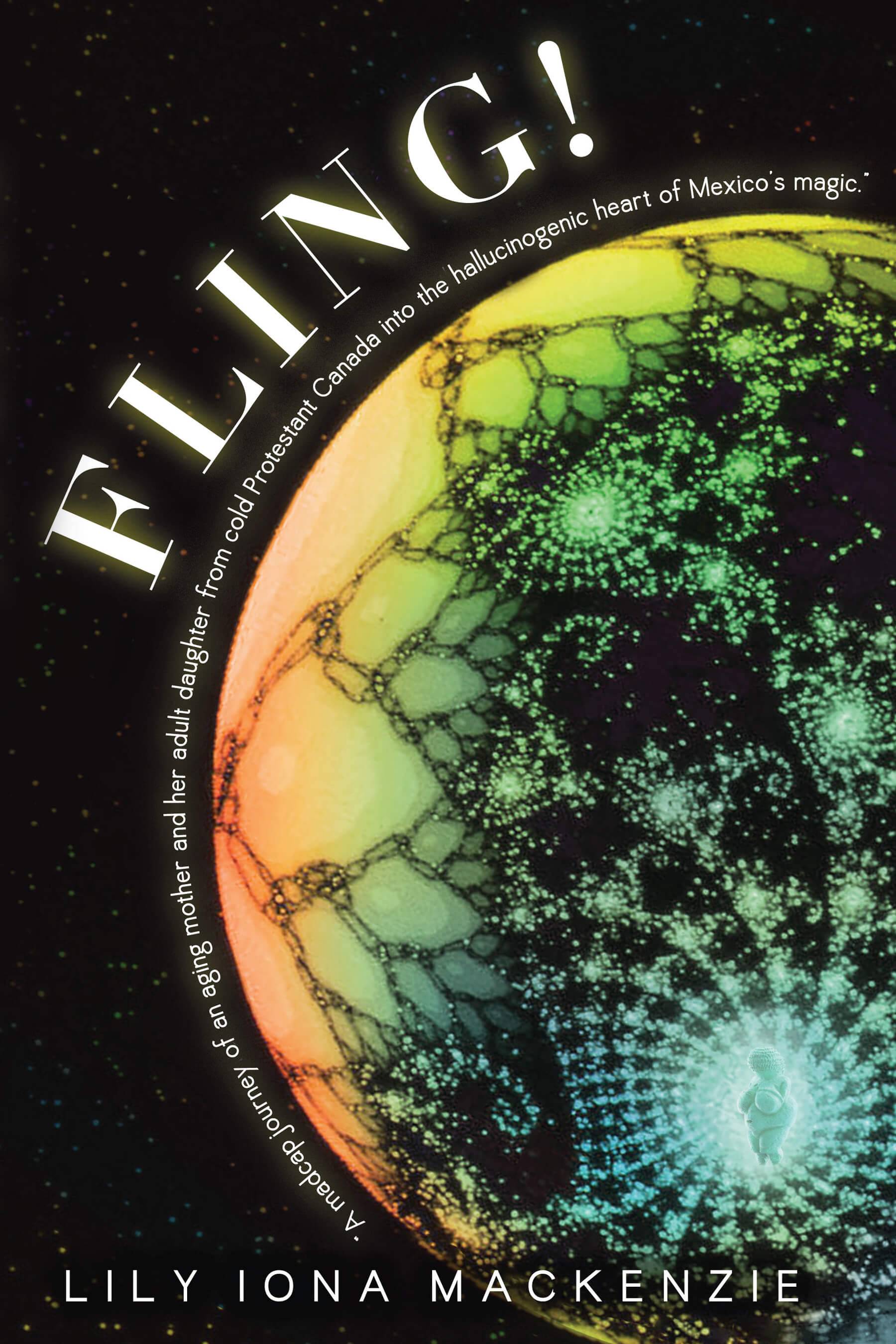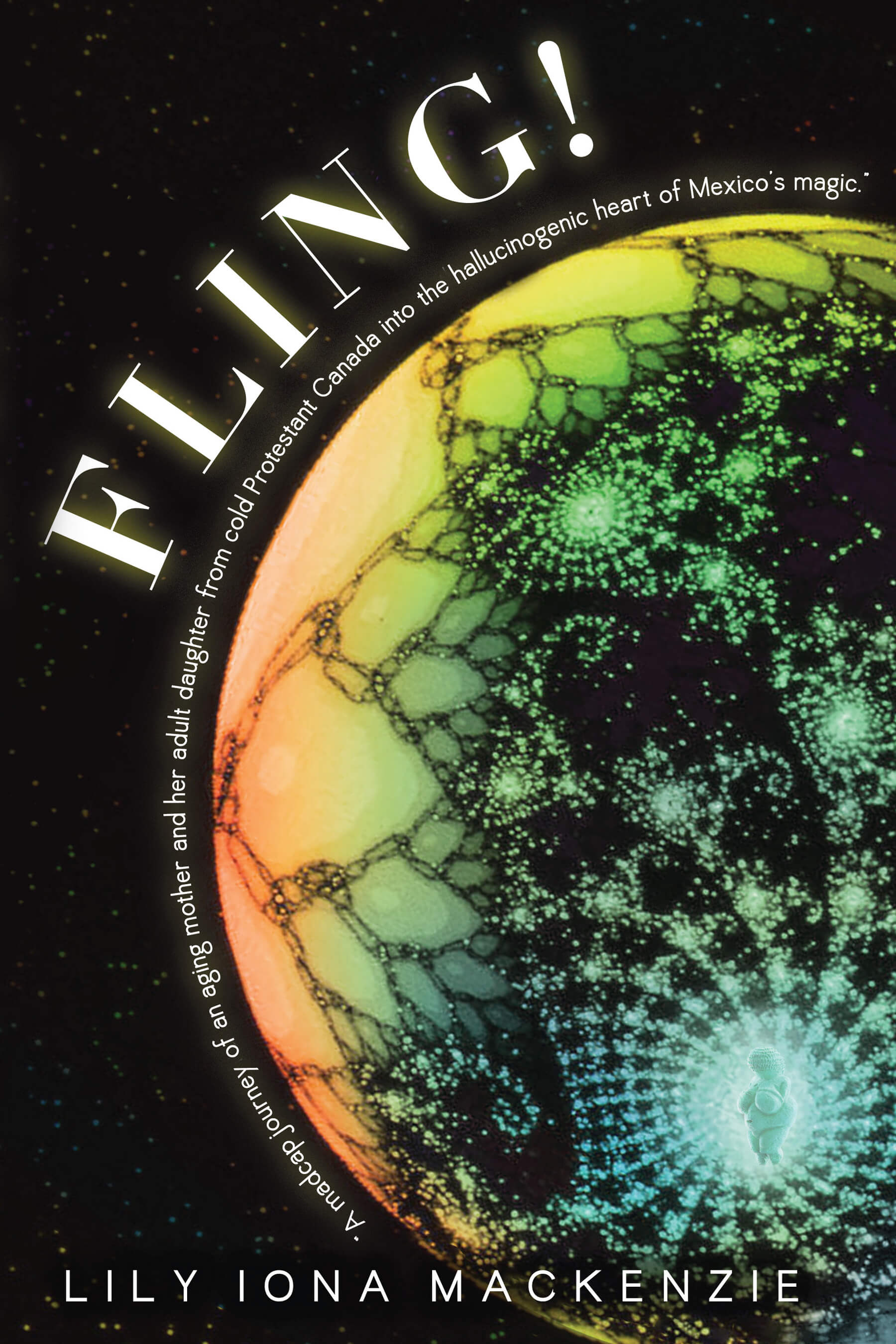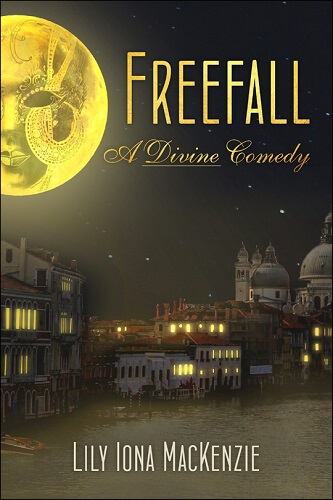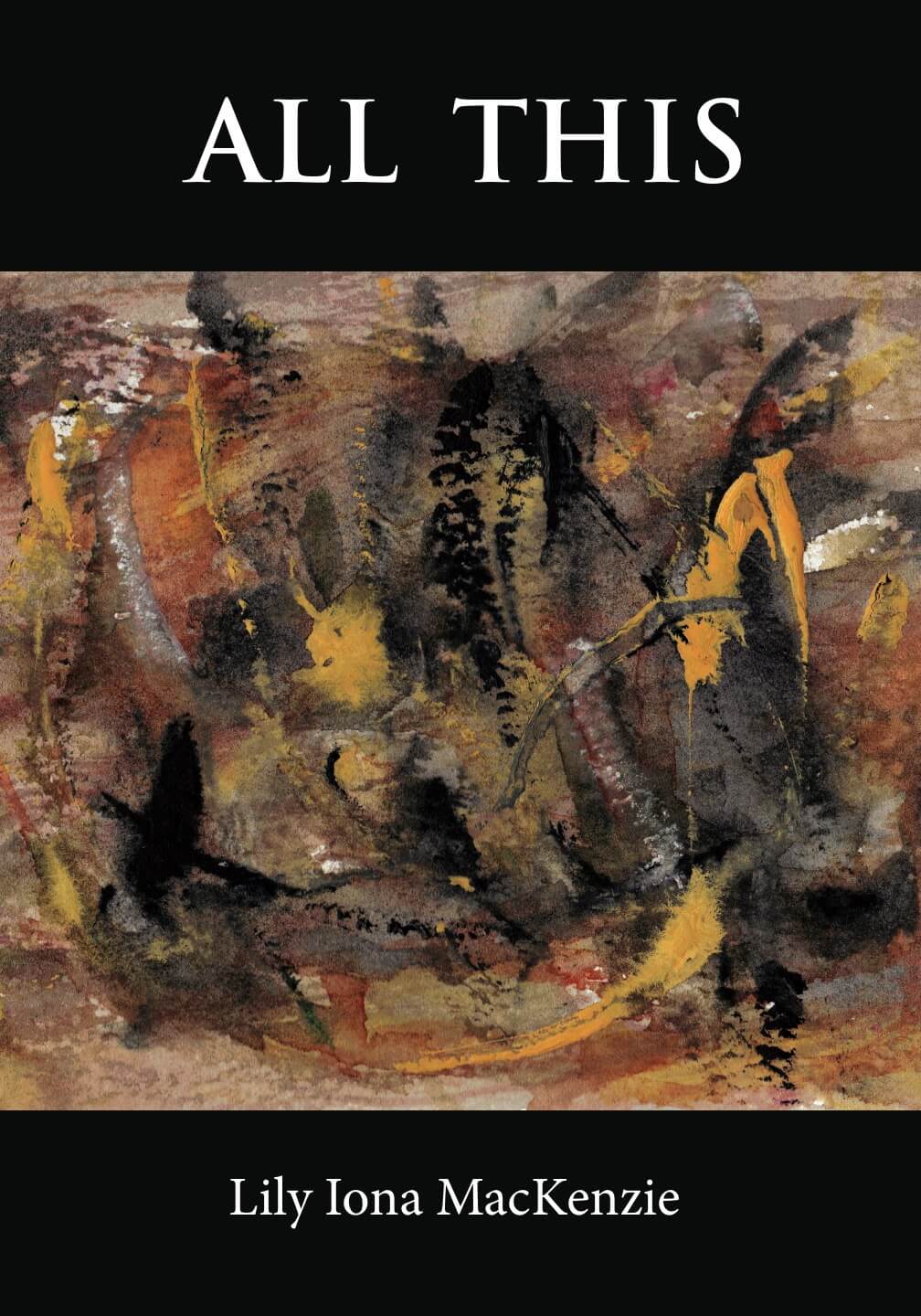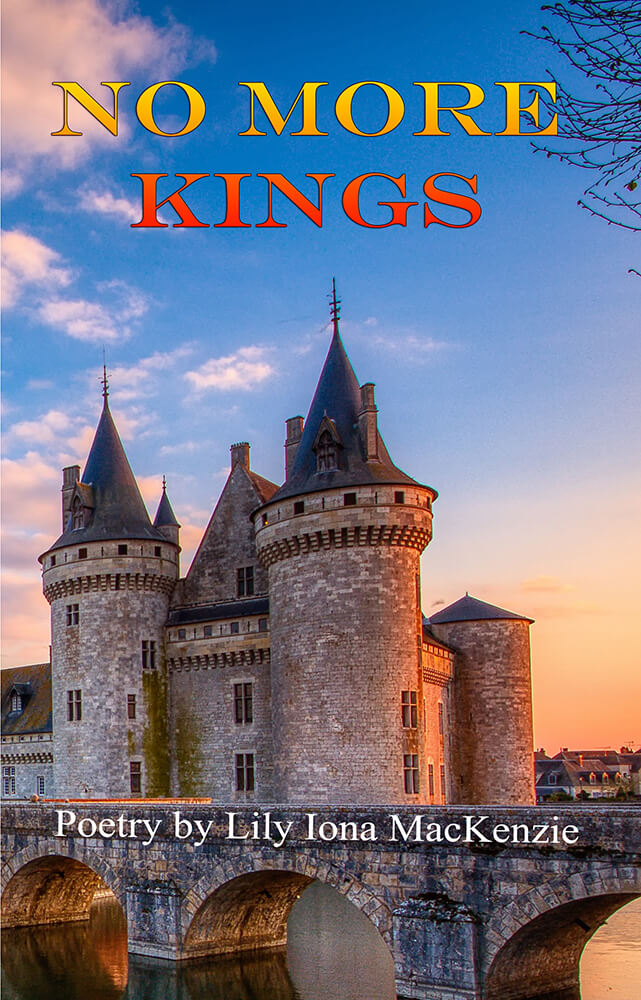Sidney-by-the-Sea

On previous trips to Vancouver Island, my husband and I have driven past Sidney, unaware of its charms. We always stayed at the University of Victoria conference center in a park-like setting where accommodations are inexpensive and modest.This time we wanted to stay at more upscale places, to make lodgings an important part of our holiday experience.
We weren’t disappointed.
While browsing through the B.C. Tourist Accommodation booklet, I stumbled on Dunsmuir Lodge, located in Sidney-by-the-Sea. Just 15 miles from downtown Victoria, Dunsmuir Lodge surpassed our expectations.
When we turned off McTavish Road onto the grounds, we were amazed, expecting the usual sterile Best Western style accommodation. Stone gates framed the driveway, and up we went, winding through Douglas fir, dogwood, and maple trees till we finally arrived at the Lodge itself, set high on the wooded slope of Mount Newton, 100 acres located next to a provincial park. The building emits the kind of graciousness we’ve experienced in Yosemite at the Awahnee or Lake MacDonald Lodge in Glacier Park, though Dunsmuir is more moderately priced.
Inside and out, elegant, rustic northwest architecture merges with Japanese touches. Clearly the designer was influenced by Frank Lloyd Wright. Off the reception area, a tranquil meditation garden awaits with a Buddha enclosed in glass, setting the quiet, peaceful tone for the place. Scrolls hang from the walls. The hallways have handsome old French chests from earlier periods, and tasteful wall hangings decorate the rooms, simplicity being the theme.
A non-profit operation that specializes in conferences during the winter and spring months (you might have trouble booking a room from February through May or June), Dunsmuir Lodge can’t advertise as a hotel/motel because it pays no taxes. To the best of my knowledge, the only place where it’s listed is in the B.C. Tourist Accommodation booklet.
If the Lodge could promote itself, you wouldn’t get near it in the summer, and the restaurant and lounge would be constantly packed. As it is, when I called at 4:00 PM, we got their last available room for that night.
We found No. 302 spacious (every room is at least 300 square feet), tastefully decorated, with a king-size bed, sofa, chair, coffee table, two desks, TV, and two phone lines. Best of all, a superb view awaited us. From the huge window we could see the Gulf Islands, the ocean, and the massive jagged edges of the Coastal mountain range piercing the sky. We also could see Mt. Baker on Salt Spring, the Gulf Island we planned to visit the next day.
The BC Ferries travel back and forth at regular intervals during the day, Salt Spring being the largest of the Gulf Islands. A warm day, it was perfect for being on the water, and though the ride only took about 25 minutes, being on a ferry always feels more like a journey: a water voyage has a slight edge to it, the ocean having a hypnotic, mysterious quality.
A woman at the visitor’s center on Salt Spring sold us a cycling map, and we chose a route that led to a beach, rated as moderate, the lowest level. The islands tend to be hilly, so though we are in good physical shape and ride regularly when we’re at home, we had to work hard to get to the beach and back over the roller-coaster road, a strenuous hour-long ride each way made more taxing because of the heat.
Still, we had some lovely vistas, when we weren’t puffing and pumping, getting glimpses of the sea through groves of trees. And we found blackberries everywhere, ripe and begging to be picked.
Later, I was grateful for the car to retreat to. We drove around the whole island, stopping at a pub with a great view of the mainland. We sat on a deck overlooking the water and ate a late lunch, sipping on Canadian beer.
Between customers, our attractive blonde waitress—whose eyes mirrored the sea—chatted with us about life on Salt Spring. She loves the Island so much that she pieces together several jobs to make a living for herself and her 16 year-old son. In addition to working at the pub, she’s a medic and an engineer on BC Ferries.
Very competent, assured, and poised, she knew exactly what to do when my husband decided he needed more protein and chomped on a bee that had burrowed into the neck of his beer bottle. Of course, the bee retaliated and bit back. Our waitress quickly appeared with ice and recommended we pick up anti-histamines at the drug store.
The bee sting didn’t stop us from driving up Mount Maxwell, the highest peak on Salt Spring, a grueling drive to the top on dirt roads full of potholes. But if you persevere, your reward is a breathtaking view of the surrounding islands and mainland.
That night we ate a light dinner outside on the patio of the lounge at Dunsmuir Lodge. Both the dining room (on the first level) and the lounge (on the second level) have panoramic views. On a clear night, you can see the distant lights of the ski lift flickering on North Vancouver’s Grouse Mountain. You also can watch planes in the distance, taking off and landing at the airport, their lights resembling giant fireflies. It’s the fifth busiest airport in Canada because small planes are coming and going constantly.
Instead of the four nights we had originally planned, we stayed six, thoroughly impressed not only with the Lodge but also with the staff, the quality of service we received, and the location. We had a lengthy conversation one morning with a redheaded Scot who had come to Canada 12 years earlier. He told us about several local coves where the swimming is good and the water warm. He swims at Patricia Bay, about 10 minutes from the Lodge. He said 6:00 PM was the best time since the tide comes in then, the water warmed from the day. He also recommended Sidney Spit Provincial Park, with the best white sand on Georgia Strait.
Having grown up on a farm in Southern Alberta, I’m partial to pastoral scenery, and this part of the island has plenty, well-maintained farms interspersed with modern houses. The town of Sidney originally was developed in 1858 as a farming settlement when the Hudson’s Bay Company offered 100 acre parcels of land for a dollar an acre.
Today a dollar might buy you a handful of dirt but little else. Slightly off the beaten path, and as charming in its own way as Victoria, Sidney appeals to both retirees and young families, baskets of flowers hanging from poles on the main streets, the whole town hugging the sea, living up to its name.
We spent a day just riding our bikes on Sidney streets, following the shoreline. At noon we ended up at an out-of-the-way bakery and deli where we feasted on cinnamon rolls and chatted with the woman behind the counter.
Semi-retired, she and her husband had moved to Sidney recently, preferring it to Victoria. They liked the small-town feel and the slower pace. Rosy-cheeked and energetic for her years, she radiated friendliness and a welcoming feeling that we experienced with everyone we met there. Several times fellow bikers (one man takes his Spaniel in his carrier everyday) and people working in their yards stopped to chat with us.
One day we stopped at a bus stop to get directions from an 84-year old woman. We were looking for a place where we could have tea. She suggested Pelicano’s Café & Bakery. Since she was going near there, we offered her a ride, inviting her to join us for tea.
She readily accepted, and we were off, hearing the life story of this Scot from north of Edinburgh. She had come to Canada 40 years earlier, first to the east, Toronto (she found it cold, unfriendly), and eventually to the West Coast. Her husband, now dead, was an artist and journalist. She learned library work on her own and did that for years as well as sales work.
Cheery, she believes in living an active life in spite of deteriorating sight, playing nine holes of golf twice a week and dealing stoically with dizzy spells. She gave us the gift of seeing how to manage old age and its challenges, to not be absorbed by the problems.
Our bike wanderings on another day took us to the Sidney Marine Mammal and Historical Museum. For over an hour we were rapt, moving from exhibit to exhibit—displays of whale parts, videos, and printed material—one of the best overviews we’ve had of whales. They also show a video on Greenpeace, highlighting their work saving the whales. The founder of Greenpeace believes that our treatment of whales symbolizes our relationship with nature itself.
Whale spotting is an everyday thing for Sidney residents, and from land it’s easy enough to see whales swimming by. But several whale-watching boats also go out to the deeper waters, the skippers pretty much guaranteeing their customers will see one.
Although we made several side trips from Sidney to Sooke, Duncan, and Victoria, we wanted to spend our last evening there.
Since we’d already had had an excellent table d’hote dinner one night at Dunsmuir, we went to the Rumrunner Pub on Sidney’s wharf, a place that captures the town’s character: It’s warm, cozy, and friendly.
A cool evening, we sat in front of a vigorous fire, watching families strolling past and a little girl trying out her new green tricycle. Our red-haired Irish waitress, chatty and lively, called her customers “darlin’” and meant it, anticipating their needs. Sipping a B.C. red wine, we watched the sun set, reluctant to take the Annacortes ferry the next morning that would return us to the mainland.
Pen-L Press will be publishing my novel Fling in 2015. A wildly comic romp on mothers, daughters, art, and death, the book should appeal to a broad range of readers. While the main characters are middle-aged and older, their zest for life would draw readers of all ages, male or female, attracting the youthful adventurer in most people. Though women may identify more readily with Feather and Bubbles’ daughter and mother struggles, the heart of the book is how they approach their aging selves and are open to new experiences. Since art and imagination are key to this narrative, artists of all ages would find something to enjoy. And because the book crosses many borders (Scotland, Canada, the U.S., and Mexico), it also can’t be limited to a specific age group, social class, gender, or region.
My first fan letter for Fling came from an 80 year-old woman who lives in the tiny village of Christina Lake, B.C. My son, who also lives there, had given her my manuscript to read. She said, “I just wanted to express to you how very much I enjoyed your writing. I started it and didn’t stop till I had read it all. I very much like your style and your subtle humor. Thank you for a most enjoyable read. I can’t understand why it hasn’t been scooped up by some publisher. But I know that it will be. In my estimation I know that it is excellent literary work. I am a voracious reader and have been since grade 4. I remember my first book was Tom Sawyer and I have never stopped since then. I go through 4 to 5 books a week. We are so fortunate here at the Lake now. The Library staff in Grand Forks come out here every Wednesday. I have become very fond of the young lady who comes out. She provides me with all the award winning books and orders others for me. Again I want to express to you how very much I enjoyed your manuscript. Have patience my dear….it will be published to wide acclaim I am so sure.” —Joan Fornelli.
Here is a synopsis:
Feather, an aging hippie, returns to her Calgary home to help her mother, Bubbles, celebrate her 90th birthday. Bubbles has received mail from the dead letter office in Mexico City, asking her to pick up her mother’s ashes, left there seventy years earlier and only now surfacing. Bubbles’ mother, Scottish by birth, had died in Mexico in the late 1920s after taking off with a married man and abandoning her husband and kids.
A woman with a mission, and still vigorous, Bubbles convinces a reluctant Feather to take her to Mexico so she can recover the ashes and give her mother a proper burial. Both women have recently shed husbands and have a secondary agenda: they’d like a little action. And they get it.
Alternating narratives weave together Feather and Bubbles’ odyssey with their colorful Scottish ancestors, creating a family tapestry. The “now” thread presents the two women as they travel south from Canada to San Francisco and then Mexico, covering a span of about six months. “Now” and “then” merge in Mexico when Bubbles’ long-dead mother, grandmother, and grandfather turn up, enlivening the narrative with their antics.
In Mexico, the land where reality and magic co-exist, Feather gets a new sense of her mother. The Indian villagers mistake Bubbles for a well-known rain goddess, praying for her to bring rain so their land will thrive again. Feather, who’s been seeking “The Goddess” for years, eventually realizes what she’s overlooked.
Meanwhile, Bubbles’ quest for her mother’s ashes (and a new man) has increased her zest for life. A shrewd business woman (she’s raised chickens, sold her crafts, taken in bizarre boarders, and has a sure-fire system for winning at bingo and lotteries), she’s certain she’s found the fountain of youth at a mineral springs outside San Miguel de Allende; she’s determined to bottle the water and sell it.
But gambling is her first love, and unlike most women her age, fun-loving Bubbles takes risks, believing she’s immortal. Unlike her daughter, Bubbles doesn’t hold back in any way, eating heartily, lusting after strangers, her youthful spirit and innocence convincing readers that they’ve found the fountain of youth themselves in this character. At ninety, she comes into her own, coming to age, proving it’s never too late to fulfill one’s dreams.
Fling, a meditation on death, mothers and daughters, and art, suggests that the fountain of youth is the imagination, and this is what they all discover in Mexico. It’s what Bubbles wants to bottle, but she doesn’t need to. She embodies it. The whole family does.
